-
£29.99£29.99£119.00£19.99£6.99
Cart
8
Cart
8


 Read Now
Read Now
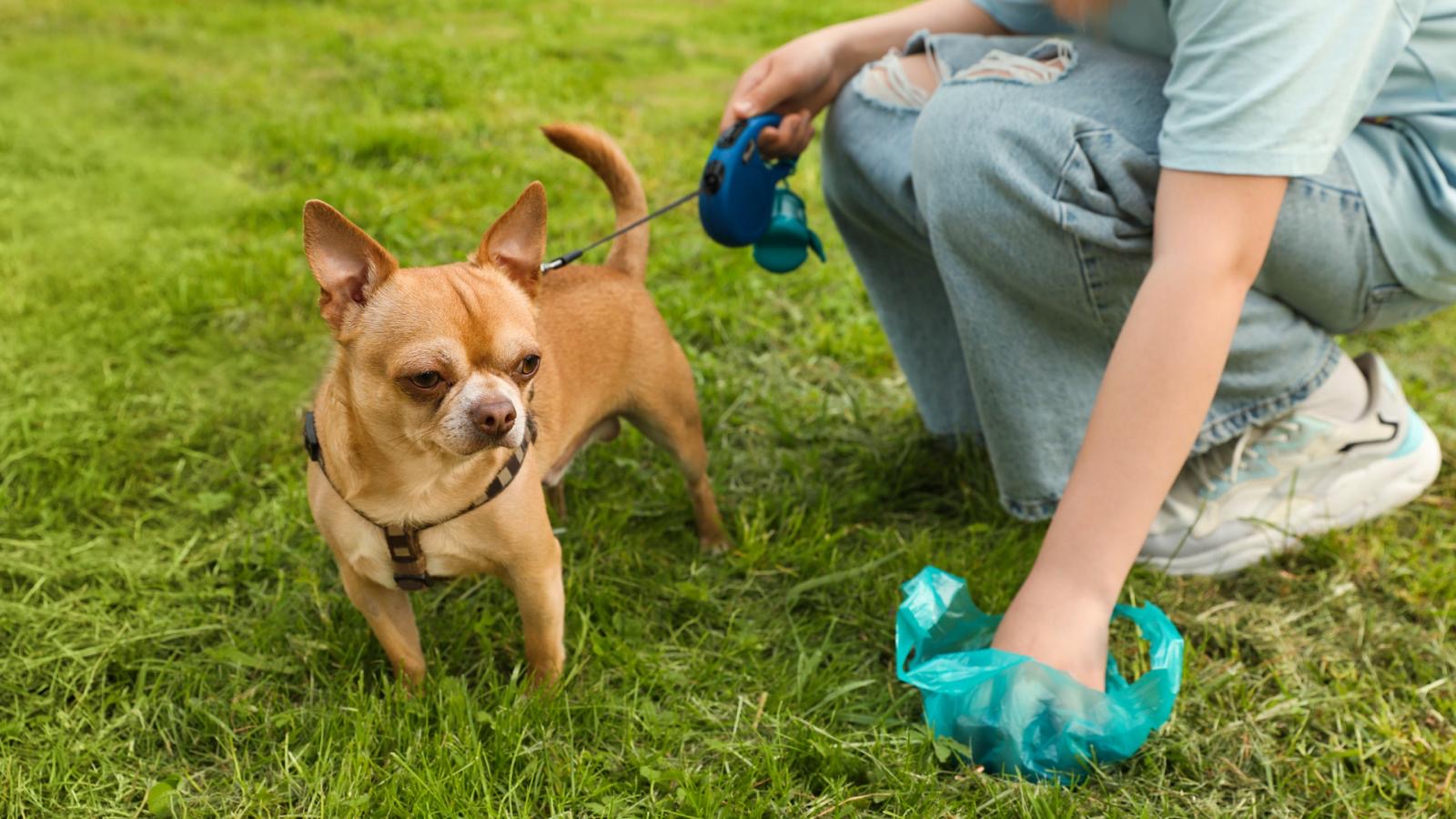 Read Now
Read Now
 Read Now
Read Now
 Read Now
Read Now
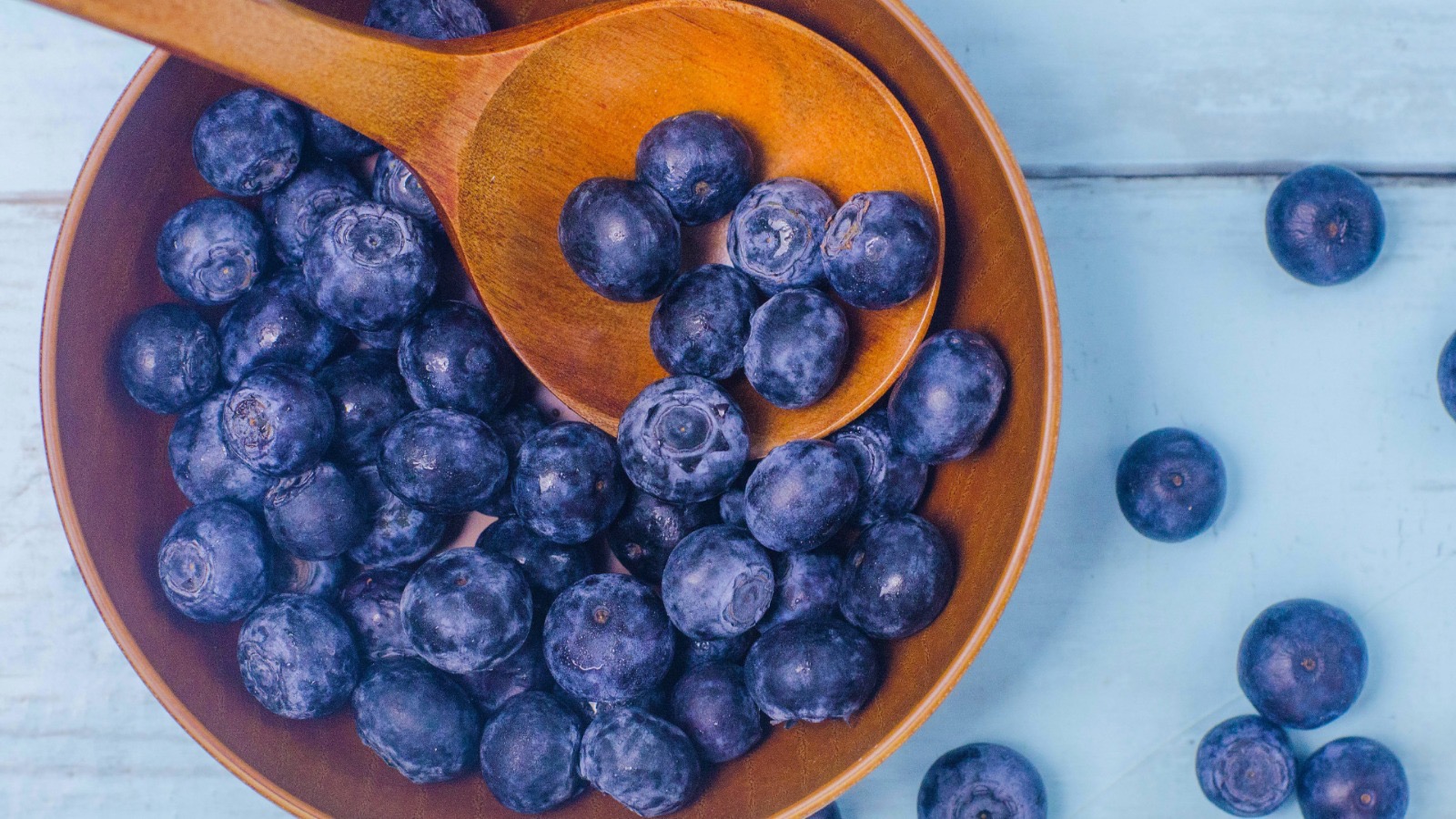 Read Now
Read Now
 Read Now
Read Now
 Read Now
Read Now
 Read Now
Read Now
 Read Now
Read Now
 Read Now
Read Now
 Read Now
Read Now
 Read Now
Read Now
 Read Now
Read Now
 Read Now
Read Now
 Read Now
Read Now
 Read Now
Read Now
 Read Now
Read Now
 Read Now
Read Now
 Read Now
Read Now
 Read Now
Read Now
 Read Now
Read Now
 Read Now
Read Now
 Read Now
Read Now
 Read Now
Read Now
 Read Now
Read Now
 Read Now
Read Now
 Read Now
Read Now
 Read Now
Read Now
 Read Now
Read Now
 Read Now
Read Now
 Read Now
Read Now
 Read Now
Read Now
 Read Now
Read Now
 Read Now
Read Now
 Read Now
Read Now
 Read Now
Read Now
 Read Now
Read Now
 Read Now
Read Now
 Read Now
Read Now
 Read Now
Read Now
 Read Now
Read Now
 Read Now
Read Now
 Read Now
Read Now
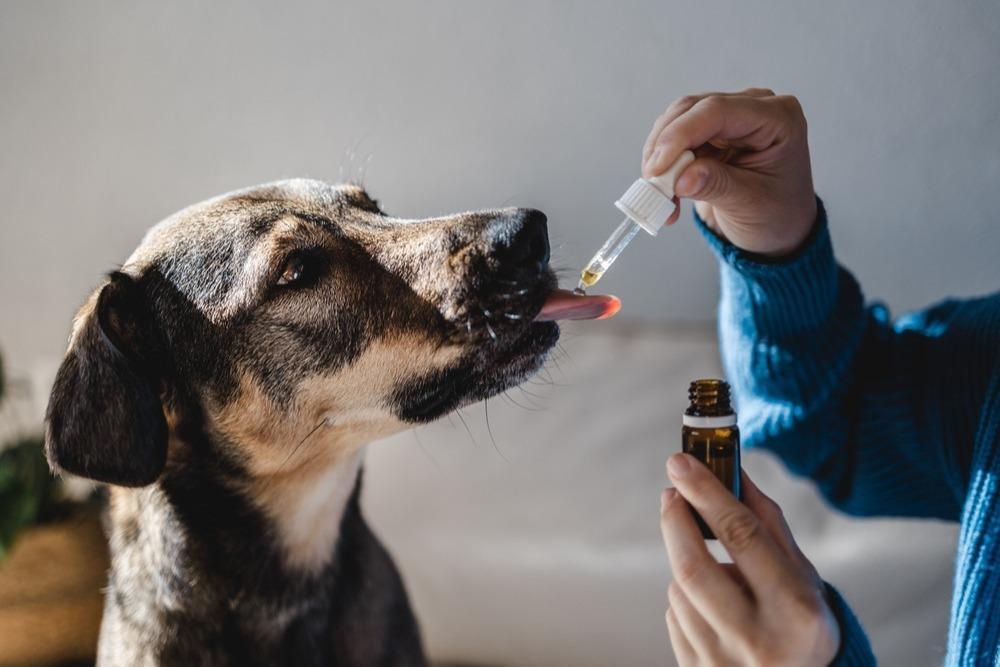 Read Now
Read Now
 Read Now
Read Now
 Read Now
Read Now
 Read Now
Read Now
 Read Now
Read Now
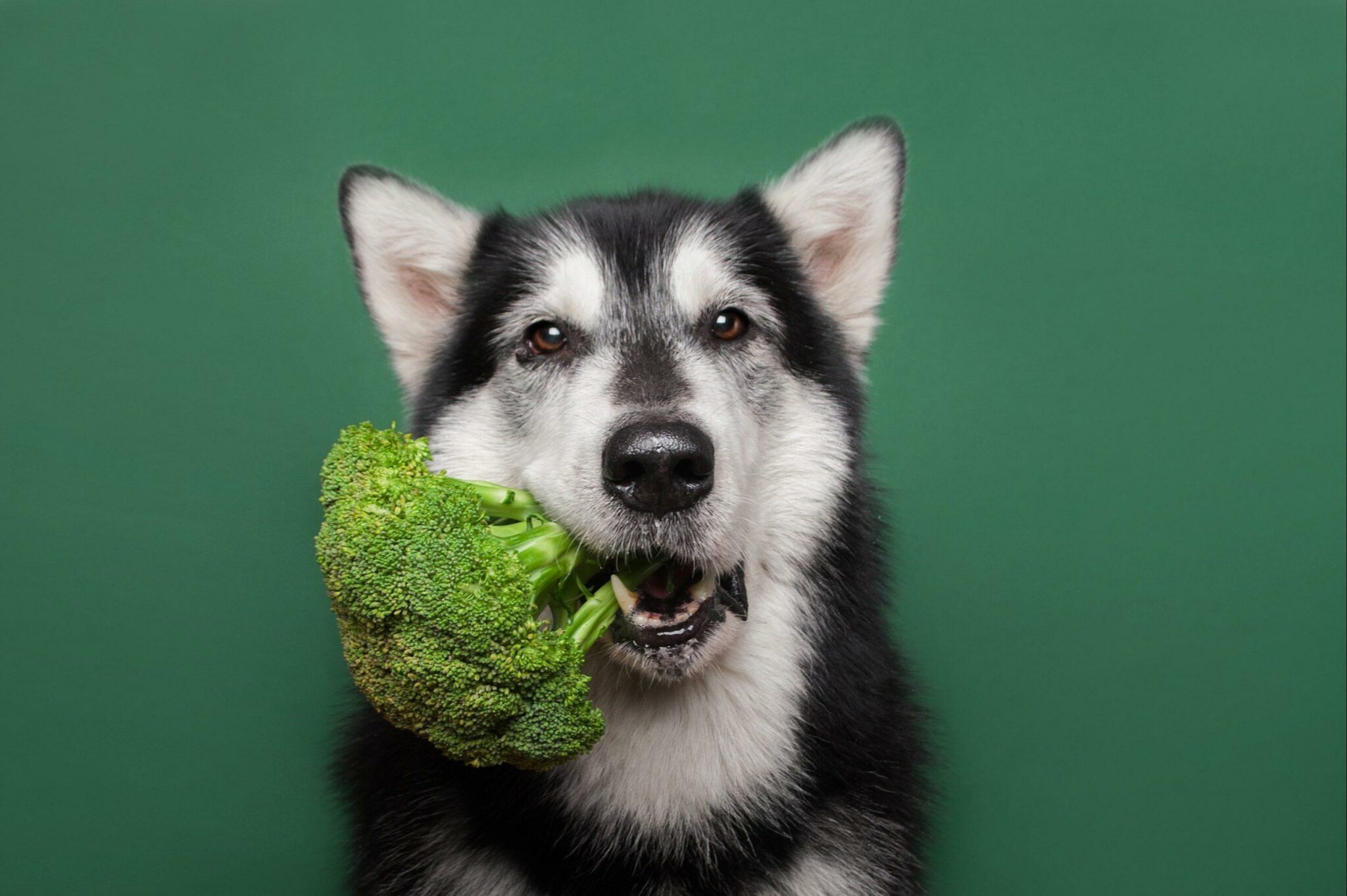 Read Now
Read Now
 Read Now
Read Now
 Read Now
Read Now
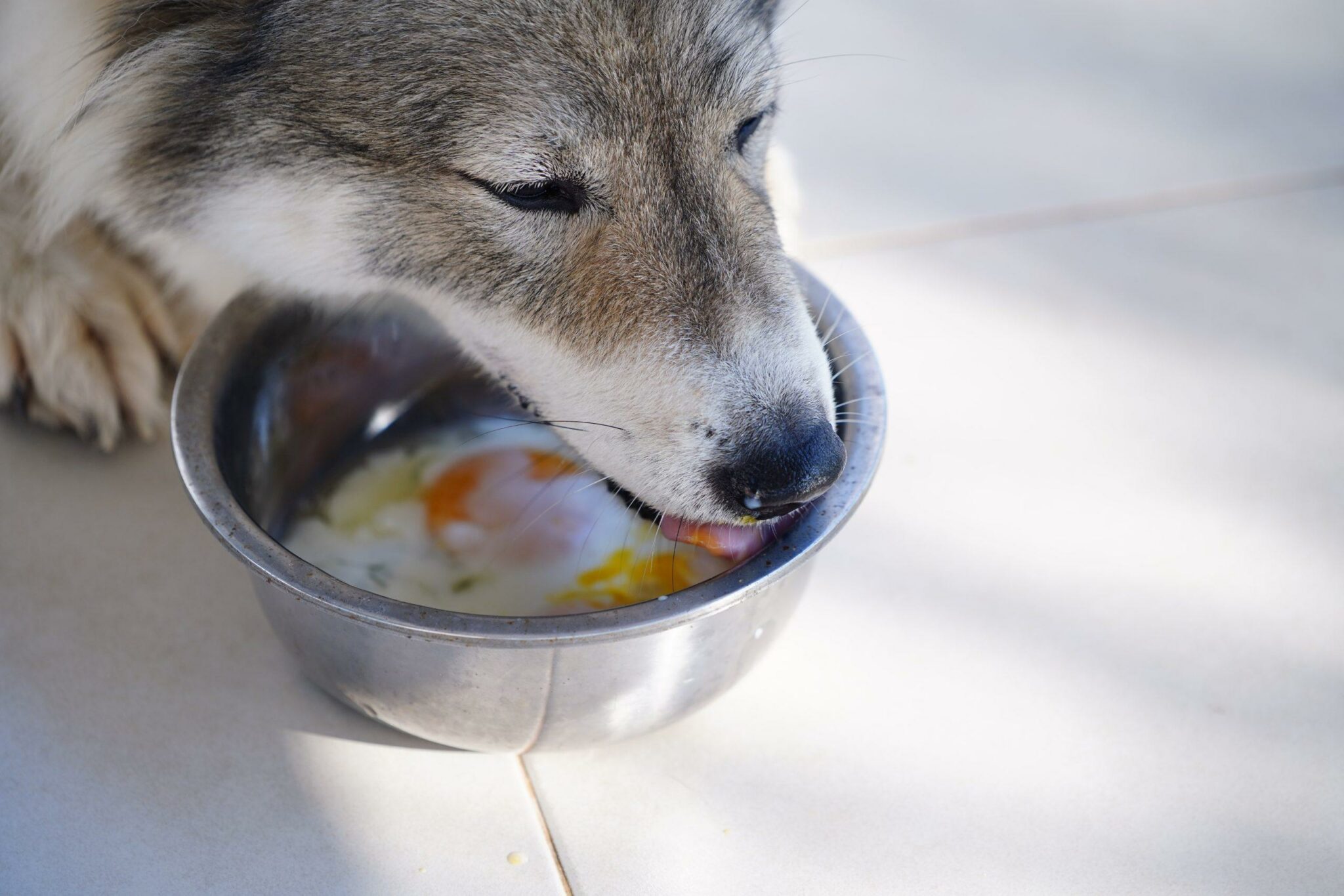 Read Now
Read Now
 Read Now
Read Now
 Read Now
Read Now
 Read Now
Read Now
 Read Now
Read Now
 Read Now
Read Now
 Read Now
Read Now
 Read Now
Read Now
 Read Now
Read Now
 Read Now
Read Now
 Read Now
Read Now
 Read Now
Read Now
 Read Now
Read Now
 Read Now
Read Now
 Read Now
Read Now
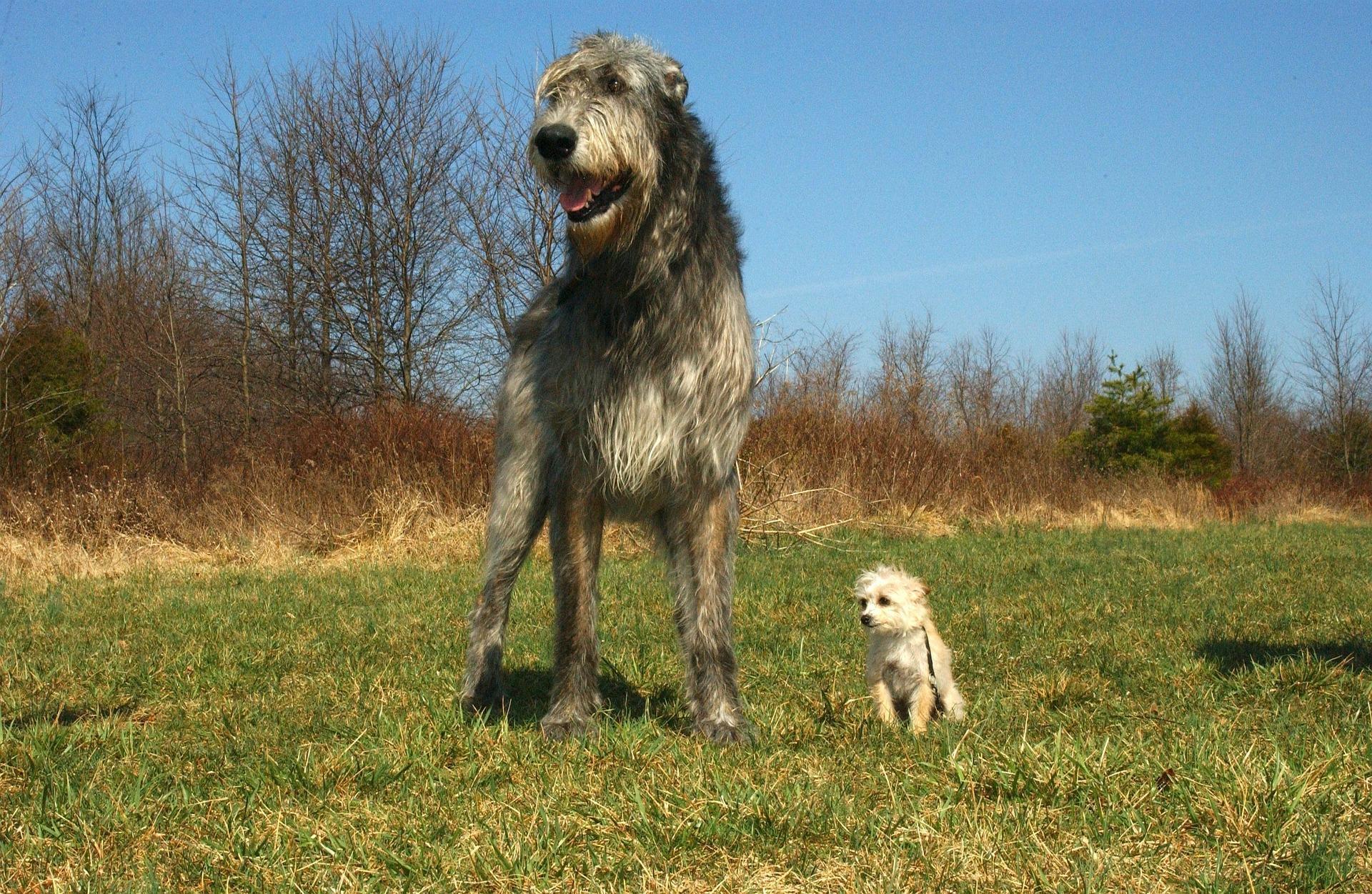 Read Now
Read Now
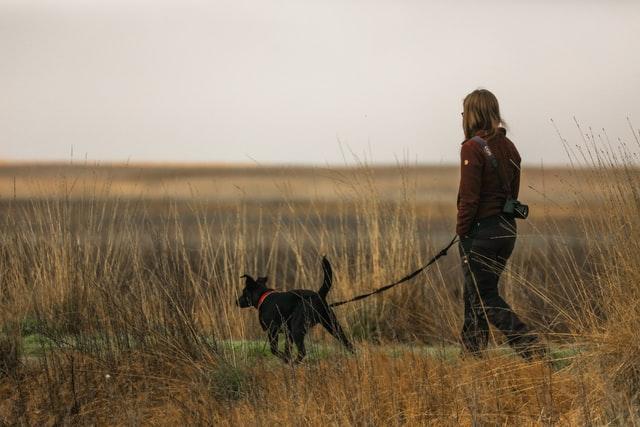 Read Now
Read Now
 Read Now
Read Now
 Read Now
Read Now
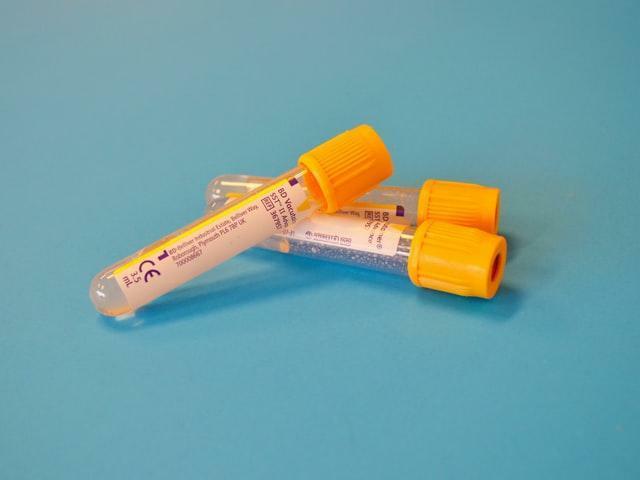 Read Now
Read Now
 Read Now
Read Now
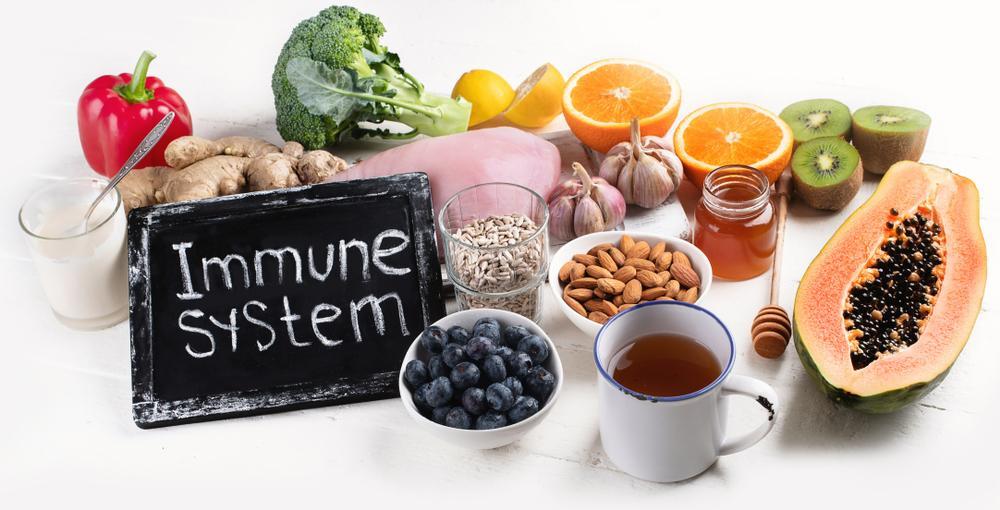 Read Now
Read Now
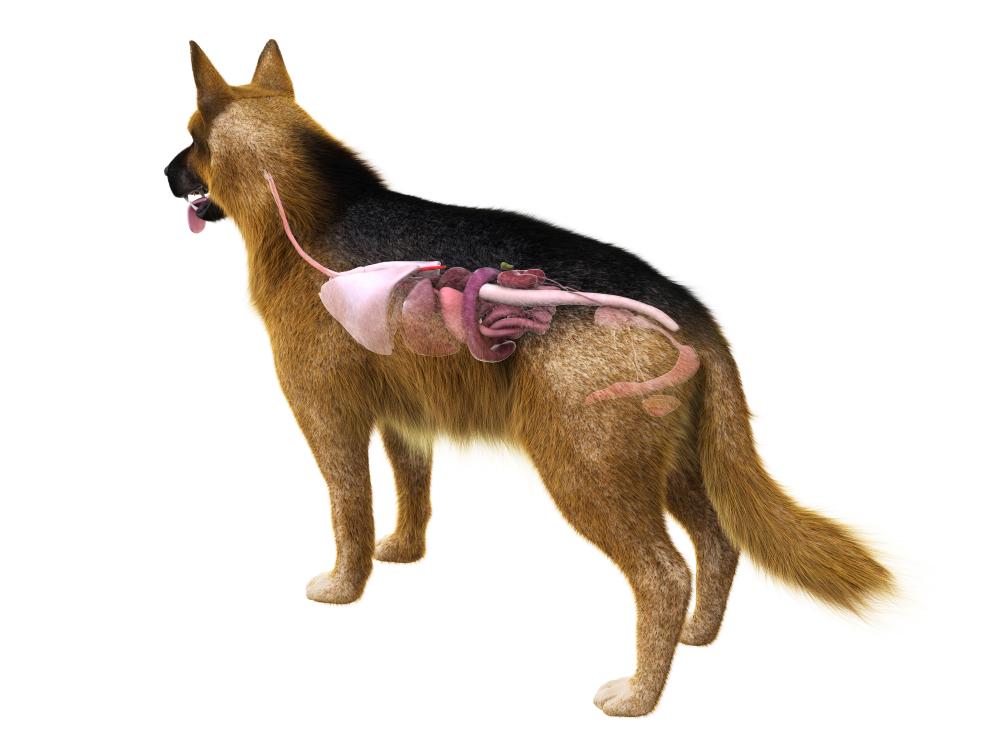 Read Now
Read Now
 Read Now
Read Now
 Read Now
Read Now
 Read Now
Read Now
 Read Now
Read Now
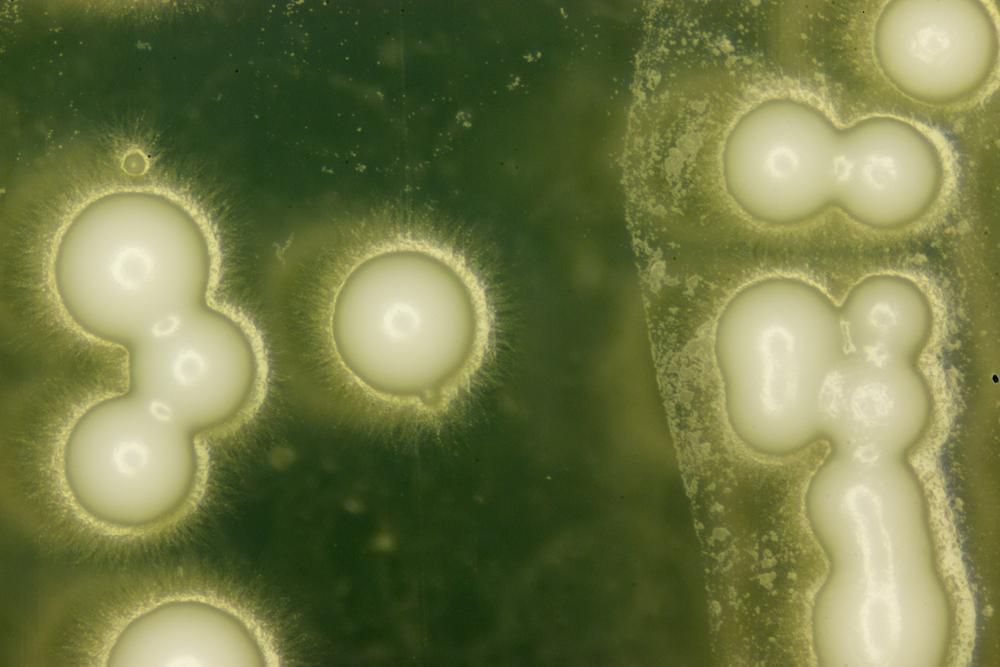 Read Now
Read Now
 Read Now
Read Now
-
£29.99£29.99£119.00£19.99£6.99

5 Wonderful Herbs for Dog Joint Care
- February 7, 2022
- 5 mins 3 secs
It’s a sad realisation when we notice our dog getting a little stiffer or moving a little slower. Of course, we take it upon ourselves to make them as comfortable as possible.
Joint degradation is a normal part of life, but as we know, certain things can speed it up. Alongside this, there are things we can do to potentially limit some of the damage, and food, nutrients and herbs that can help modulate the inflammatory process.
We have compiled 5 of our favourite herbs for joint care in the dog.
Tissues are in the firing line when carrying out any physical activity and they may be susceptible to physical stress, strain, or trauma. Unexpected force or sudden changes in direction or speed are also more likely to cause issues (read: overweight dogs and those who chase balls regularly). This can be a particular risk during the winter, when walking in snowy, icy, or even muddy conditions. Tendons and ligaments are dependent on physical activity to develop, but it must be in moderation and appropriate.
Joint degradation therefore has a number of risk factors:
And this is where our wonderful herbs can come in.
This plant contains a range of beneficial compounds, but we are most interested in its silica content and also its ability to function as an antioxidant.
Silica, which is also present in bones, improves the formation, density, and consistency of bone and cartilage tissue by enhancing collagen synthesis and improving the absorption and use of calcium.
Horsetail is rich in phenolic compounds which as we know are a group of antioxidants inhibiting oxidative damage.
Not only this, but studies into rheumatoid arthritis have shown that horsetail has a down-regulatory effect on pro-inflammatory factors. It is often described as a great regulator of inflammation.
Findings Here
Turmeric is frequently used in humans, to help with a range of diseases and conditions including skin, pulmonary, aches, pains, sprains, liver issues and cancer. Curcumin specifically is argued to be anti-inflammatory, antioxidant, anti-microbial, anti-tumour and helpful in wound healing. Used in Ayurvedic and Chinese Medicine for centuries, it is now finding a place in Western Medicine.
Many joint issues feature chronic inflammation, and in supporting our dogs, we aim to reduce pain and inflammation.
So here comes turmeric with its anti-inflammatory properties!
Several studies have shown that when supplemented with turmeric, arthritic dogs show a marked improvement in their daily life activity without any side effects!
Findings Here
Research shows that ginger affects certain inflammatory processes at a cellular level, and as we know, many pathologies involving the joints have inflammation as the key player.
There are more than 1300 types of ginger plant, and they contain a wide range of nutrients, including:
In 2004, researchers investigated the role of boswellia in inflammatory joint disease. After two weeks of treatment, an overall efficacy of the dietary supplement was evident in 71% of 24 eligible dogs. A statistically significant reduction of severity and resolution of typical clinical signs in individual animals, such as intermittent lameness, local pain and stiff gait, were reported after 6 weeks. Effects of external factors that aggravate lameness, such as “lameness when moving” and “lameness after a long rest” diminished gradually.
They therefore concluded that boswellia herbal dietary supplement provided symptomatic support in canine osteoarthritic disease.
Findings Here
We most commonly use it for its calming effect on anxiety symptoms along with building stress resilience, so it can help modulate any mood disturbances alongside chronic pain.
But this wonderful herb may also act as a pain reliever, preventing signals from travelling along the central nervous system. It is also thought to have anti-inflammatory properties.
One hundred and twenty-five patients with joint pain were screened at an Ayurvedic hospital in New Delhi, India. They ingested ashwagandha powder daily for three weeks to establish any symptomatic improvement.
A significant change in post-treatment scores of tender joint counts, swollen joint counts, physician global assessment score, patient global assessment score, pain assessment score and patient self-assessed disability index score were reported.
The researchers concluded that ashwagandha has a potential role in inflammatory joint conditions; but due to the small sample size, further studies should be carried out.
Findings Here
The role of ashwagandha in inflammatory disease highlights a consideration we often miss; that stress is an important risk factor; whether physical or emotional.
Joint issues in our dogs can be a challenge to manage, and it’s important we take a multimodal approach. If you would like to learn more about how nutrition can support joint health, then check out our other blogs here:
Natural Arthritis Guide
Can Nutrition Support Joint Health
Nutrients for Bone and Joint Health
5 Superfoods For Joint Health in Dogs
How To Choose a Good Joint Supplement
In addition, if you would like a consultation to explore whether your dog’s current needs are being met, then check out our services to see how we can help.
It goes without saying, but please double check with a qualified practitioner before including any new herbs in your dog’s diet; especially if they are currently on any medications or have existing health issues.
Thanks for reading,
MPN Team x
Joint degradation is a normal part of life, but as we know, certain things can speed it up. Alongside this, there are things we can do to potentially limit some of the damage, and food, nutrients and herbs that can help modulate the inflammatory process.
We have compiled 5 of our favourite herbs for joint care in the dog.
Joint Degradation
Joint degradation is characterised by inadequate production of compounds necessary to its structure, along with reduced collagen synthesis. This can be a result of physical stress, trauma, autoimmunity, or aging. Here, inflammation is upregulated, creating further breakdown. It results in weak, damaged, or inflamed tissue with restricted or painful movement.
Tissues are in the firing line when carrying out any physical activity and they may be susceptible to physical stress, strain, or trauma. Unexpected force or sudden changes in direction or speed are also more likely to cause issues (read: overweight dogs and those who chase balls regularly). This can be a particular risk during the winter, when walking in snowy, icy, or even muddy conditions. Tendons and ligaments are dependent on physical activity to develop, but it must be in moderation and appropriate.
Joint degradation therefore has a number of risk factors:
- Nutritional insufficiency
- Physical stress or trauma
- Overuse – aging,
- Excess weight
- Autoimmunity
And this is where our wonderful herbs can come in.
1) Horsetail
Horsetail is a popular fern that has been used as an herbal remedy since the times of the Greek and Roman Empires. It grows wildly in Northern Europe and America, as well as in other moist places with temperate climates. It has a long, green, and densely branched stem that grows from spring to autumn.
This plant contains a range of beneficial compounds, but we are most interested in its silica content and also its ability to function as an antioxidant.
Silica, which is also present in bones, improves the formation, density, and consistency of bone and cartilage tissue by enhancing collagen synthesis and improving the absorption and use of calcium.
Horsetail is rich in phenolic compounds which as we know are a group of antioxidants inhibiting oxidative damage.
Not only this, but studies into rheumatoid arthritis have shown that horsetail has a down-regulatory effect on pro-inflammatory factors. It is often described as a great regulator of inflammation.
Findings Here
2) Turmeric
Turmeric is a flowering plant, but it’s the root we’re most interested in. Part of the ginger family, it looks very similar, but it’s the smell that helps you differentiate.
Turmeric is frequently used in humans, to help with a range of diseases and conditions including skin, pulmonary, aches, pains, sprains, liver issues and cancer. Curcumin specifically is argued to be anti-inflammatory, antioxidant, anti-microbial, anti-tumour and helpful in wound healing. Used in Ayurvedic and Chinese Medicine for centuries, it is now finding a place in Western Medicine.
Many joint issues feature chronic inflammation, and in supporting our dogs, we aim to reduce pain and inflammation.
So here comes turmeric with its anti-inflammatory properties!
Several studies have shown that when supplemented with turmeric, arthritic dogs show a marked improvement in their daily life activity without any side effects!
Findings Here
3) Ginger
A University of Miami study concluded that ginger extract could be a substitute to nonsteroidal anti-inflammatory drugs (NSAIDs). The study compared the effects of a highly concentrated ginger extract to placebo in 247 patients with osteoarthritis (OA) of the knee. The ginger reduced pain and stiffness in knee joints by 40 percent over the placebo.
Research shows that ginger affects certain inflammatory processes at a cellular level, and as we know, many pathologies involving the joints have inflammation as the key player.
There are more than 1300 types of ginger plant, and they contain a wide range of nutrients, including:
- vitamin C
- vitamin B6
- the minerals magnesium, potassium, and copper
- gingerols, shogaols, paradols, and other phytonutrients and polyphenols
4) Boswellia Serrata
Boswellia resin can inhibit a branch of the arachidonic acid cascade related to leukotriene synthesis seemingly without affecting prostaglandin synthesis. It is considered that the excessive formation of leukotrienes is responsible for chronic inflammation.
In 2004, researchers investigated the role of boswellia in inflammatory joint disease. After two weeks of treatment, an overall efficacy of the dietary supplement was evident in 71% of 24 eligible dogs. A statistically significant reduction of severity and resolution of typical clinical signs in individual animals, such as intermittent lameness, local pain and stiff gait, were reported after 6 weeks. Effects of external factors that aggravate lameness, such as “lameness when moving” and “lameness after a long rest” diminished gradually.
They therefore concluded that boswellia herbal dietary supplement provided symptomatic support in canine osteoarthritic disease.
Findings Here
5) Ashwagandha
Ashwagandha is an evergreen shrub that grows in India, the Middle East, and parts of Africa. It has a long history of use in traditional medicine.
We most commonly use it for its calming effect on anxiety symptoms along with building stress resilience, so it can help modulate any mood disturbances alongside chronic pain.
But this wonderful herb may also act as a pain reliever, preventing signals from travelling along the central nervous system. It is also thought to have anti-inflammatory properties.
One hundred and twenty-five patients with joint pain were screened at an Ayurvedic hospital in New Delhi, India. They ingested ashwagandha powder daily for three weeks to establish any symptomatic improvement.
A significant change in post-treatment scores of tender joint counts, swollen joint counts, physician global assessment score, patient global assessment score, pain assessment score and patient self-assessed disability index score were reported.
The researchers concluded that ashwagandha has a potential role in inflammatory joint conditions; but due to the small sample size, further studies should be carried out.
Findings Here
The role of ashwagandha in inflammatory disease highlights a consideration we often miss; that stress is an important risk factor; whether physical or emotional.
Joint issues in our dogs can be a challenge to manage, and it’s important we take a multimodal approach. If you would like to learn more about how nutrition can support joint health, then check out our other blogs here:
Natural Arthritis Guide
Can Nutrition Support Joint Health
Nutrients for Bone and Joint Health
5 Superfoods For Joint Health in Dogs
How To Choose a Good Joint Supplement
In addition, if you would like a consultation to explore whether your dog’s current needs are being met, then check out our services to see how we can help.
It goes without saying, but please double check with a qualified practitioner before including any new herbs in your dog’s diet; especially if they are currently on any medications or have existing health issues.
Thanks for reading,
MPN Team x
Customer Reviews
Explore related products
Related articles

Dietary NeedsDisease ManagementGeneral HealthArthritisDogs
How To Support Your Dog’s Brain Health
Jun 27 2024
•
11 mins 55 secs

Dietary NeedsDisease ManagementGeneral HealthArthritisDogs
Pooh Guide for Dogs: What’s Good, and What’s Not
May 16 2024
•
9 mins 15 secs

Dietary NeedsDisease ManagementGeneral HealthArthritisDogs
The Lowdown on Hypokalaemia in Pets
Mar 28 2024
•
6 mins 30 secs

Dietary NeedsDisease ManagementGeneral HealthArthritisDogs
All You Need to Know About Exocrine Pancreatic Insufficiency
Feb 22 2024
•
10 mins 20 secs

Dietary NeedsDisease ManagementGeneral HealthArthritisDogs
The Skinny on Blueberries for Dogs
Jan 31 2024
•
7 mins 46 secs

Dietary NeedsDisease ManagementGeneral HealthArthritisDogs
Should I Feed my Itchy Dog a Cool Protein?
Jan 18 2024
•
4 mins 40 secs

Dietary NeedsDisease ManagementGeneral HealthArthritisDogs
The Low Down on Spondylosis in Dogs
Dec 14 2023
•
12 mins 40 secs

Dietary NeedsDisease ManagementGeneral HealthArthritisDogs
The Ultimate Guide to Graves Disease in Pets
Nov 30 2023
•
11 mins

Dietary NeedsDisease ManagementGeneral HealthArthritisDogs
Can Stress Cause My Pet’s Disease?
Nov 23 2023
•
10 mins 30 secs

Dietary NeedsDisease ManagementGeneral HealthArthritisDogs
The Low Down on Keratosis
Oct 05 2023
•
4 mins 45 secs

Dietary NeedsDisease ManagementGeneral HealthArthritisDogs
7 Reasons Why My Dog is Biting his Paws
Sep 06 2023
•
7 mins 40 secs

Dietary NeedsDisease ManagementGeneral HealthArthritisDogs
Should I Feed Vegetables to my Pet?
Aug 10 2023
•
5 mins 30 secs

Dietary NeedsDisease ManagementGeneral HealthArthritisDogs
Is My Dog a Carnivore or an Omnivore?
Aug 03 2023
•
8 mins 30 secs

Dietary NeedsDisease ManagementGeneral HealthArthritisDogs
What Should I Feed My Dog with Acid Reflux?
Jul 26 2023
•
4 mins 15 secs

Dietary NeedsDisease ManagementGeneral HealthArthritisDogs
Hormones, and Their Role in the Body
Apr 20 2023
•
7 mins 12 secs

Dietary NeedsDisease ManagementGeneral HealthArthritisDogs
Help! My Dog Is Constipated!
Apr 13 2023
•
6 mins

Dietary NeedsDisease ManagementGeneral HealthArthritisDogs
Mast Cell Activation Syndrome
Apr 05 2023
•
4 mins 46 secs

Dietary NeedsDisease ManagementGeneral HealthArthritisDogs
5 Benefits of Vitamin C for Your Dog
Mar 18 2023
•
4 mins 42 secs

Dietary NeedsDisease ManagementGeneral HealthArthritisDogs
Why Does My Dog Urinate So Much?
Dec 08 2022
•
5 mins 30 secs

Dietary NeedsDisease ManagementGeneral HealthArthritisDogs
Why Does My Dog Drink So Much Water?
Nov 29 2022
•
5 mins 30 secs

Dietary NeedsDisease ManagementGeneral HealthArthritisDogs
Fresh Food Additions For Your Dog
Nov 07 2022
•
4 mins

Dietary NeedsDisease ManagementGeneral HealthArthritisDogs
Top 10 Tips to Reduce Anxiety During Fireworks Season
Nov 04 2022
•
4 mins

Dietary NeedsDisease ManagementGeneral HealthArthritisDogs
Feeding Fats To Your Dog
Sep 19 2022
•
3 mins

Dietary NeedsDisease ManagementGeneral HealthArthritisDogs
Fats For The Canine
Sep 19 2022
•
6 mins 30 secs

Dietary NeedsDisease ManagementGeneral HealthArthritisDogs
5 Things To Include In The Senior Dog’s Bowl
Sep 05 2022
•
4 mins 30 secs

Dietary NeedsDisease ManagementGeneral HealthArthritisDogs
5 Brain Games for the Nosey Dog
Aug 08 2022
•
3 mins

Dietary NeedsDisease ManagementGeneral HealthArthritisDogs
Things To Think About: Skin Health in Dogs
Aug 01 2022
•
7 mins 30 secs

Dietary NeedsDisease ManagementGeneral HealthArthritisDogs
Keeping Dogs Safe in Summer
Jul 18 2022
•
3 mins 25 secs

Dietary NeedsDisease ManagementGeneral HealthArthritisDogs
Should I Vaccinate My Dog Against Kennel Cough?
Jul 11 2022
•
4 mins 59 secs

Dietary NeedsDisease ManagementGeneral HealthArthritisDogs
Natural Remedies For Kennel Cough in Dogs
Jul 11 2022
•
4 mins 42 secs

Dietary NeedsDisease ManagementGeneral HealthArthritisDogs
Nutrients for Skin Health in Dogs
Jul 04 2022
•
3 mins 29 secs

Dietary NeedsDisease ManagementGeneral HealthArthritisDogs
The Top Five Water Hazards For Dogs
Jun 27 2022
•
3 mins 13 secs

Dietary NeedsDisease ManagementGeneral HealthArthritisDogs
Should I Feed My Dog, Chicken and Rice?
Jun 27 2022
•
5 mins 37 secs

Dietary NeedsDisease ManagementGeneral HealthArthritisDogs
4 Times You Don’t Want To Feed Veg To Your Dog
Jun 21 2022
•
3 mins 58 secs

Dietary NeedsDisease ManagementGeneral HealthArthritisDogs
How To Support My Dog’s Liver Shunt
Jun 20 2022
•
4 mins 46 secs

Dietary NeedsDisease ManagementGeneral HealthArthritisDogs
Could My Dog’s Coat Type Contribute to Skin Issues?
Jun 16 2022
•
7 mins

Dietary NeedsDisease ManagementGeneral HealthArthritisDogs
Help! My Dog’s Ears Are Itchy!
Jun 14 2022
•
3 mins 38 secs

Dietary NeedsDisease ManagementGeneral HealthArthritisDogs
The Neuroscience of Pain In Pets
Jun 07 2022
•
5 mins 32 secs

Dietary NeedsDisease ManagementGeneral HealthArthritisDogs
3 Tips to Support Your Pet’s Urinary Health
May 26 2022
•
4 mins 46 secs

Dietary NeedsDisease ManagementGeneral HealthArthritisDogs
What Does the Microbiome Have to Do With My Dog’s Bladder Stones?
May 24 2022
•
6 mins 39 secs

Dietary NeedsDisease ManagementGeneral HealthArthritisDogs
Does the Breed of My Dog Influence their Test Results?
May 19 2022
•
2 mins 56 secs

Dietary NeedsDisease ManagementGeneral HealthArthritisDogs
The Nutritional Needs of the Senior Dog
May 12 2022
•
5 mins 26 sec

Dietary NeedsDisease ManagementGeneral HealthArthritisDogs
Supporting The Senior Dog’s Cognitive Function
May 05 2022
•
5 mins 58 secs

Dietary NeedsDisease ManagementGeneral HealthArthritisDogs
Do Herbs Have a Place in Canine Osteoarthritis?
May 03 2022
•
4 mins 35 secs

Dietary NeedsDisease ManagementGeneral HealthArthritisDogs
5 Tips to Support Your Seasonally Itchy Dog
Apr 26 2022
•
4 mins 50 secs

Dietary NeedsDisease ManagementGeneral HealthArthritisDogs
Using Nutrition to Support The Stressed Dog
Apr 13 2022
•
8 mins 11 secs

Dietary NeedsDisease ManagementGeneral HealthArthritisDogs
4 Nutrients For The Fussy Eating Dog
Apr 11 2022
•
3 mins 58 secs

Dietary NeedsDisease ManagementGeneral HealthArthritisDogs
7 Foods That Add Fibre To Your Dog’s Diet
Mar 21 2022
•
5 mins 2 secs

Dietary NeedsDisease ManagementGeneral HealthArthritisDogs
What Are Phytochemicals and Does My Dog Need Them?
Mar 14 2022
•
4 mins 46 secs

Dietary NeedsDisease ManagementGeneral HealthArthritisDogs
Nutrition for the Recovering Dog
Mar 14 2022
•
5 mins 18 secs

Dietary NeedsDisease ManagementGeneral HealthArthritisDogs
What is Addison’s Disease in Dogs?
Mar 07 2022
•
2 mins 40 secs

Dietary NeedsDisease ManagementGeneral HealthArthritisDogs
Can My Dog Eat Raw Eggs?
Feb 28 2022
•
3 mins 48 secs

Dietary NeedsDisease ManagementGeneral HealthArthritisDogs
What is Canine Epilepsy?
Feb 22 2022
•
4 mins 56 secs

Dietary NeedsDisease ManagementGeneral HealthArthritisDogs
Does My Dog Have A Gut-Skin Axis?
Feb 14 2022
•
4 mins 48 secs

Dietary NeedsDisease ManagementGeneral HealthArthritisDogs
5 Wonderful Herbs for Dog Joint Care
Feb 07 2022
•
5 mins 3 secs

Dietary NeedsDisease ManagementGeneral HealthArthritisDogs
Why Does My Dog Need Vitamins? Part Two – The Water-Soluble Vitamins
Jan 24 2022
•
6 mins 42 secs

Dietary NeedsDisease ManagementGeneral HealthArthritisDogs
Why Does My Dog Need Vitamins? Part One – The Fat-Soluble Vitamins
Jan 24 2022
•
5 mins 51 secs

Dietary NeedsDisease ManagementGeneral HealthArthritisDogs
4 Superfoods for Liver Health in Dogs
Jan 19 2022
•
4 mins 15 secs

Dietary NeedsDisease ManagementGeneral HealthArthritisDogs
The Importance of Sleep
Jan 04 2022
•
8 mins 15 secs

Christmas Calm: Our Top Nutritional Tips to Support Your Canine
Dec 22 2021
•
2 mins 43 secs

Dietary NeedsDisease ManagementGeneral HealthArthritisDogs
Feeding Bones: A Mini Guide To Bones
Dec 07 2021
•
5 mins 56 secs

Dietary NeedsDisease ManagementGeneral HealthArthritisDogs
5 Tips For Anxiety in Dogs
Oct 21 2021
•
4 mins 6 secs

Dietary NeedsDisease ManagementGeneral HealthArthritisDogs
Top Tips to Help Your Dog Lose Weight
Sep 16 2021
•
5 min read

Dietary NeedsDisease ManagementGeneral HealthArthritisDogs
Kennel Cough: A Natural Guide
Sep 09 2021
•
7 min read

Dietary NeedsDisease ManagementGeneral HealthArthritisDogs
Why Are Dogs So Loyal?
Sep 04 2021
•
4 min read

Dietary NeedsDisease ManagementGeneral HealthArthritisDogs
Why Does My Dog Have Warts?
Aug 02 2021
•
6 min read

Dietary NeedsDisease ManagementGeneral HealthArthritisDogs
The Lowdown on Liver Shunts in Dogs
Jun 28 2021
•
6 min read

Dietary NeedsDisease ManagementGeneral HealthArthritisDogs
The Importance of Nature for Human and Dog Health
May 12 2021
•
5 min read

Dietary NeedsDisease ManagementGeneral HealthArthritisDogs
Periodontal Disease in Dogs
May 04 2021
•
7 min read

Dietary NeedsDisease ManagementGeneral HealthArthritisDogs
Dog Brain Games
Apr 29 2021
•
5 min read

Dietary NeedsDisease ManagementGeneral HealthArthritisDogs
Does My Dog Need an Allergy Test?
Apr 26 2021
•
7 min read

Dietary NeedsDisease ManagementGeneral HealthArthritisDogs
How Food Affects Your Dog’s Behaviour
Apr 22 2021
•
10 min read

Dietary NeedsDisease ManagementGeneral HealthArthritisDogs
10 Top Foods For Your Dog’s Immunity
Mar 17 2021
•

Dietary NeedsDisease ManagementGeneral HealthArthritisDogs
The Dog’s Digestive System
Mar 12 2021
•
7 min read

Dietary NeedsDisease ManagementGeneral HealthArthritisDogs
Obesity in Pets Part 1
Feb 25 2021
•
9 min read

Dietary NeedsDisease ManagementGeneral HealthArthritisDogs
Dogs in pain – what is it and how to look for it?
Jan 28 2021
•
8 min read

Dietary NeedsDisease ManagementGeneral HealthArthritisDogs
Fresh Food to Add to Your Dog’s Bowl
Jan 26 2021
•
6 min read

Dietary NeedsDisease ManagementGeneral HealthArthritisDogs
How Much Sleep Should My Dog Get?
Dec 15 2020
•
12 min read

Dietary NeedsDisease ManagementGeneral HealthArthritisDogs
Is Your Dog A Yeasty Beast?
Dec 09 2020
•
8 min read

Dietary NeedsDisease ManagementGeneral HealthArthritisDogs
Mood Food for Dogs
Nov 24 2020
•
6 min read
✕











